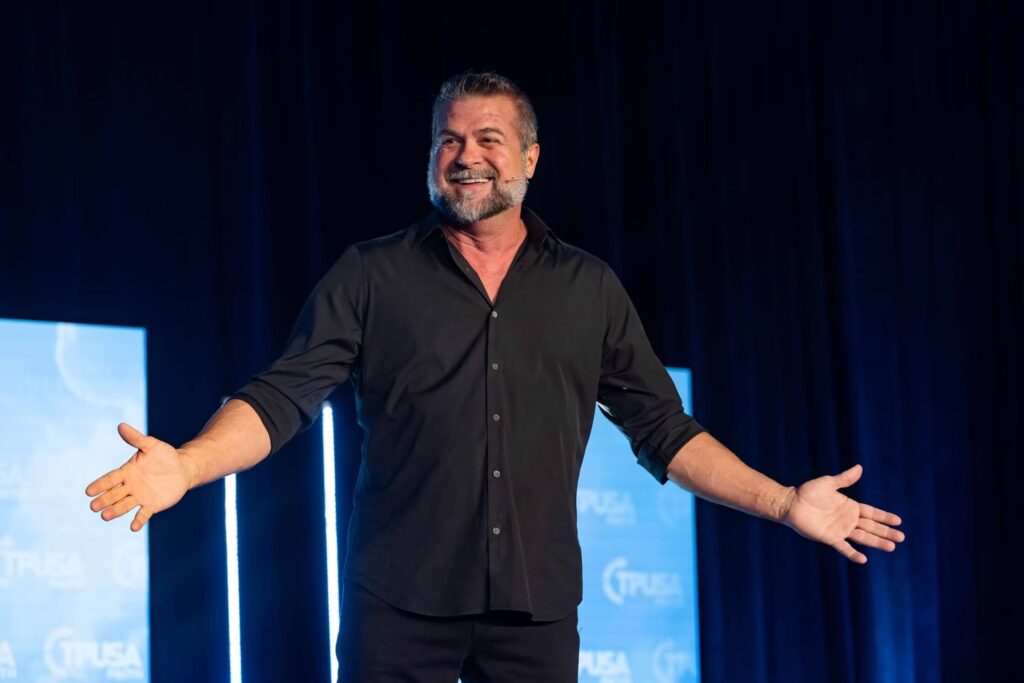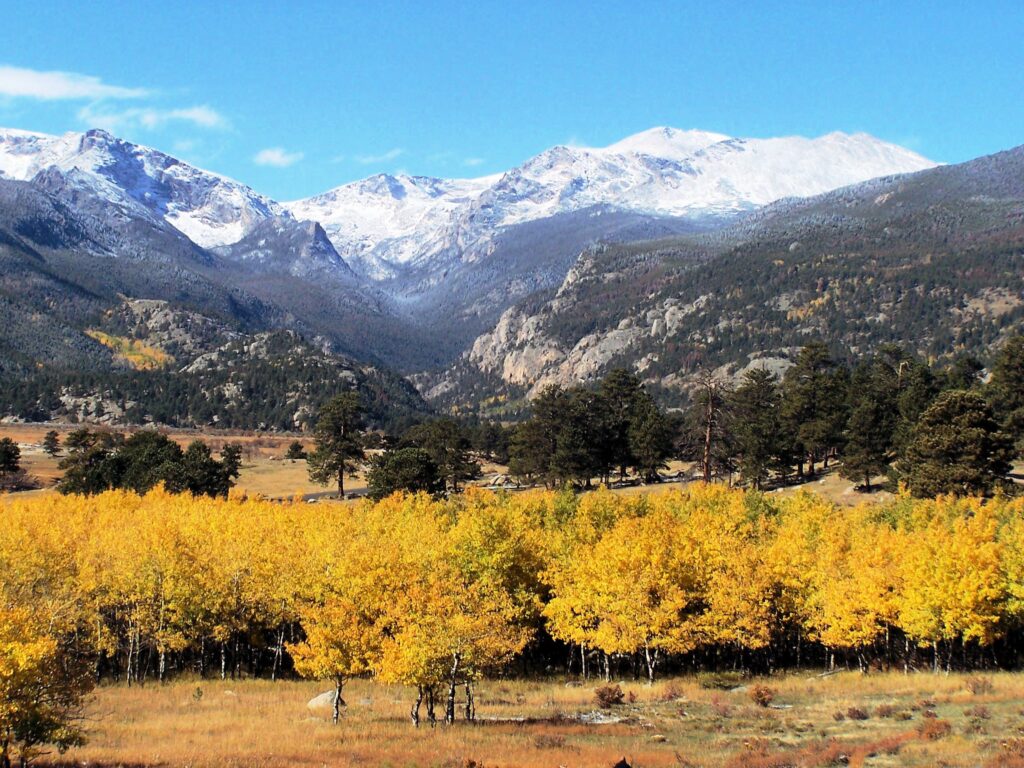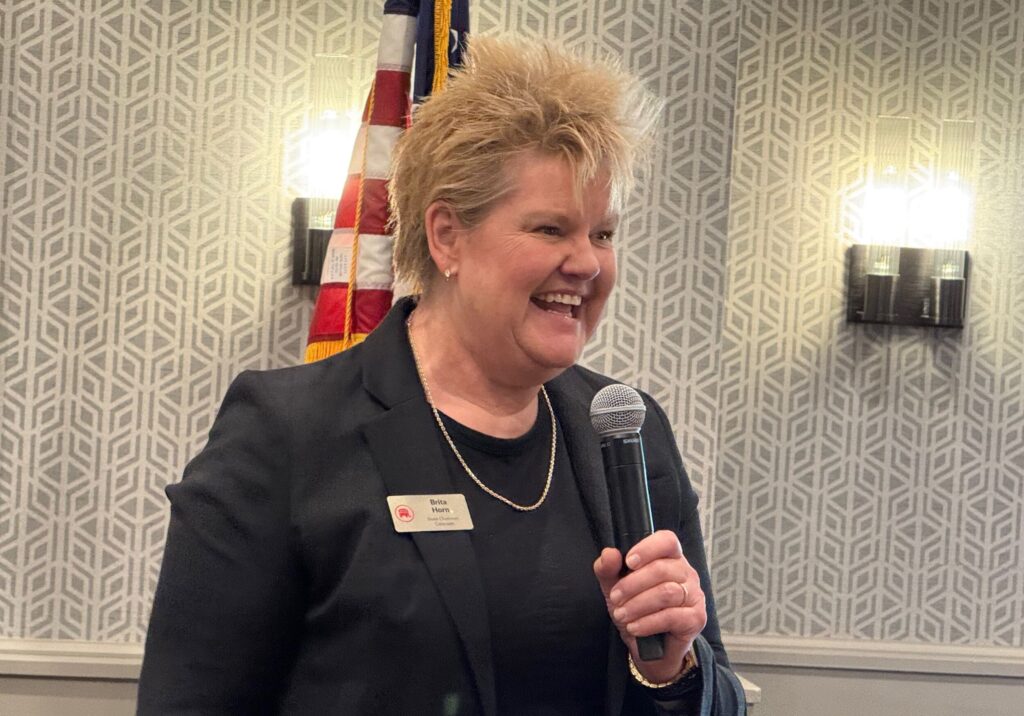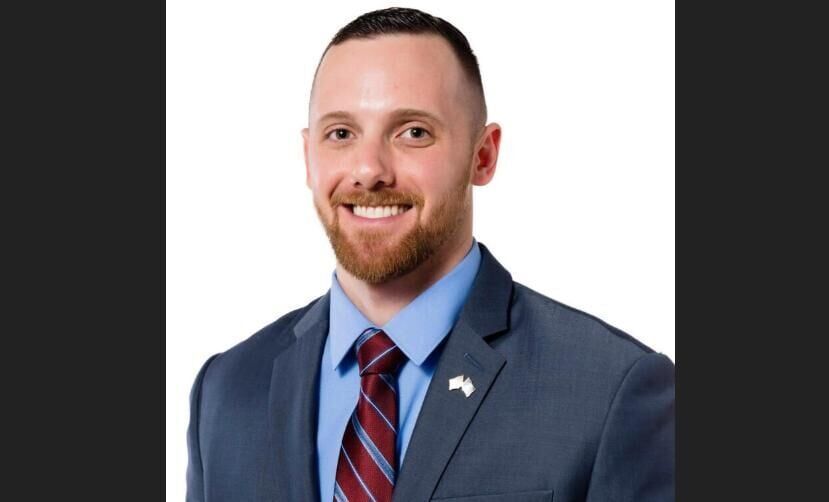Colorado water panel advances bill to ban turf, rejects water conservation bill
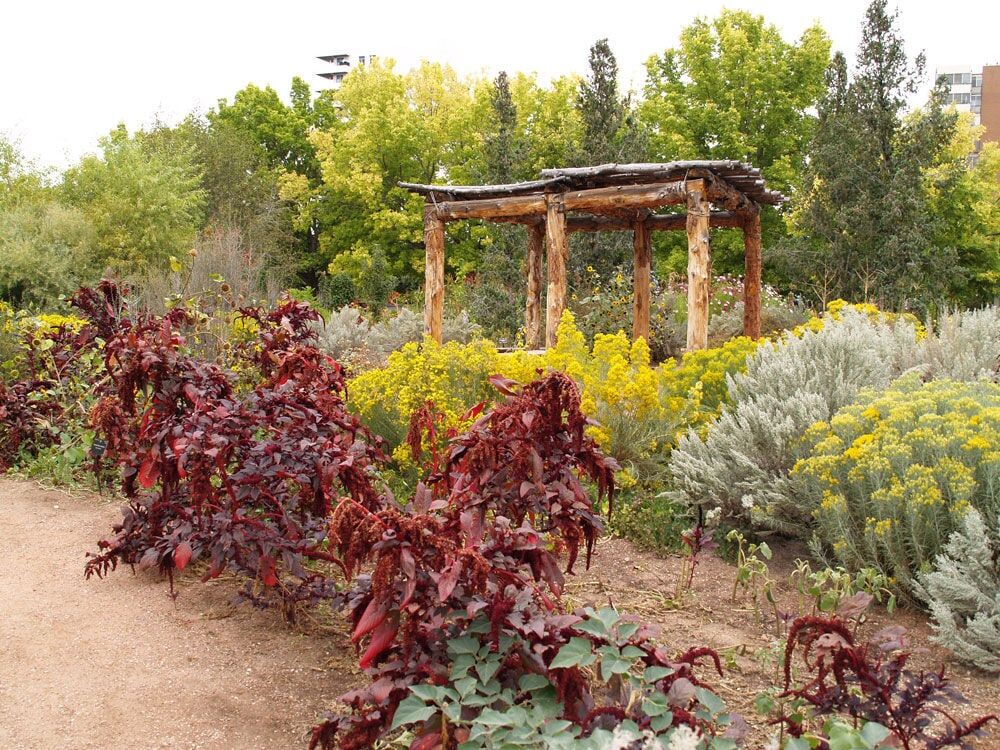
The major conservation legislation coming out of the General Assembly’s water resources and agriculture review committee turned out to be a proposal to ban nonessential turf.
But the idea to change state law around water rights to encourage agricultural conservation failed to make it out of the panel, although it could still surface in the 2024 session.
The 10-member committee is limited by statute to three bills, although the laws also allow the panel to advance more with a two-thirds vote. The committee tackled 10 bills on Oct. 31, voting to send nine on to the Legislative Council, the body that will review proposals from interim committee on Nov. 15.
Among those advancing bills is the proposal from Sen. Dylan Roberts, D-Eagle, to ban the installation, planting, or placement of nonfunctional turf, artificial turf, or an invasive plant species on any commercial, institutional (including government), or industrial property, as well as in common use areas within homeowners’ associations.
The ban does not apply to residential lawns.
Denver Water is among the entities pushing for the ban.
Greg Fisher, manager of conservation and planning for Denver Water, told the committee that the utility began looking at turf replacement as the Colorado River crisis unfolded. In August 2022, Denver Water was part of a multi-state coalition of 30 water utilities that agreed to reduce water use. That agreement included a commitment “to reduce non-functional turf grass by 30%” and replace it with “drought- and climate-resilient landscaping, while maintaining vital urban landscapes and tree canopies.”
For Denver Water, that’s 75 million square feet. In the past year, the water utility managed to remove 750,000 square feet. Fisher estimated that, at that rate, it would take 100 years to meet the 75 million square feet goal.
“We want to make sure that turf that doesn’t make sense doesn’t go in for the future,” Fisher said.
During the summer, nearly half of all landscaping water use goes to irrigating lawns, and the majority of that irrigation is for “cool season, high water-use turf grass like Kentucky Bluegrass,” according to Lindsey Rogers of Western Resource Advocates. Adding to the problem, she said, is that irrigating grass is considered consumptive use, which means it can’t be treated and reused.
Andrew Hill, who handles government relations for Denver Water, explained the legislation’s target is grass “that only ever sees the bottom of a lawnmower and it only ever gets watered” and serves no purpose other than looking nice.
It’s not the grass in recreational, civic or community purposes, such as parks or sports fields, he said, adding, “We’re not looking to replace baseball fields or golf courses.”
The idea is to stop that grass from being planted in the first place, he said.
“It makes sense to avoid having to do this again in 30 years,” he said.
Rogers said nonessential turf can be replaced with native drought-tolerant plants, grasses and trees that use a fraction of the water, while providing, he added, critical environmental and community benefits. There has been progress, Rogers said. This summer, 38 cities, counties, conservancy districts and water providers offered turf replacement incentives around the state.
In the 2022 session, lawmakers approved a bill to create a $2 million fund for a turf replacement program in the Department of Natural Resources that would assist with the replacement of nonessential irrigated turf on residential, commercial, institutional or industrial properties. Those grants would be available to local governments, certain districts, Native American tribes, and nonprofit organizations.
But the amount of money available from the 2022 legislation is not enough, Rogers indicated. It should be doubled to $4 million per year, he said.
The Colorado Municipal League, while hesitant on the committee’s proposed legislation, supported boosting the funding for the existing turf replacement program. The group’s hesitation comes from concerns that the state could be dictating landscaping codes, something that is handled by municipalities.
“I do believe that we can accomplish the state’s goal through voluntary methods, through putting resources into programs that municipalities are already using to build on the good work that they’re doing,” said Heather Stauffer, the legislative advocacy manager for the league.
What about new development?
But how should the state handle developers who want grass in their new developments? That answer appears to be elusive.
New developments insist on turf or ornamental grass, and that will continue to be the default because it’s cheaper and easier to use, according to Fisher.
What’s needed is a new culture around landscaping, Fisher told the committee, one that will benefit Colorado’s environment and save water at the same time.
“We need to make this change, starting now,” Fisher said.
The issue is not just pulling up the grass that’s already there. Fisher said if new turf continues to go into new developments, that really sets Denver Water back.
Marshall Brown, the general manager for Aurora Water, talked about the voluntary program the city put in place for developers, which tried to incentivize developers not to install non-functional turf.
While the city’s single-family residential rebate system has been extremely successful, Brown said, not one developer sought those incentives in the program’s five-year history.
“The development community would not take advantage of our financial incentives in a voluntary space,” Brown said.
So, the city council passed a water conservation ordinance prohibiting non-functional turf in any new development, which got mixed reviews from developers.
“They were not excited about us telling them what they needed to do or install or what they could or couldn’t install,” Brown said.
It’s clear this was something residents wanted, Brown said, adding officials heard from customers who would move into a brand new home with turf and then call the city to take advantage of a rebate that same year to pull the turf out.
Brown also advocated for local control over how landscaping is handled, but said that both local control and good guidance from the state makes sense.
The committee also heard about the turf replacement programs offered in Las Vegas, often cited as a model for those programs. The Southern Nevada Water Authority has the longest standing turf replacement program in the country, which has limited nonfunctional turf in its community through landscape codes for the past 25 years. In 2021, the authority moved to prohibit irrigating all nonfunctional turf that uses Colorado River water, which goes into effect in 2027.
But experts have noted that Colorado’s water savings from replacing turf is unlikely to mirror Nevada’s, largely because Nevada has to irrigate its turf year-round and deals with much hotter temperatures.
What didn’t make it
Here’s the proposal the committee decided against advancing:
A bill to allow water rights holders to conserve water without losing their water rights, but it could still come back, should a lawmaker choose to run it on their own.
Over the years, farmers and ranchers have been dis-incentivized from participating in water conservation on their land, unless they go through a government program, Roberts told the committee.
But there’s a risk to doing that – abandonment. That means conserved water would be considered “abandoned” by the state, and the farmer or rancher would lose their rights to that water. It’s been a major barrier to water conservation, which could allow farmers to try new crops or different ways of irrigation, for example, without having to go through a government program.
The bill that Roberts proposed could require the water rights owner to file a plan with the state division engineer no later than one year after the date a water use reduction measure is first implemented. That “nonuse” does not constitute abandonment, and the plan can be in place for 10 years, according to the proposal.
Roberts pointed out that Arizona’s Republican-led legislation has already passed a similar law.
“We should be giving our water rights holders and ag producers the flexibility,” Roberts said, adding they want to have to be part of the solution to saving water.
The bill failed to get support from the committee’s four Republicans. It was the only bill the committee rejected
Meanwhile, the committee voted to advance two bills tied to veterinary technicians and telehealth: a proposal to help the Costilla County Water Conservancy District with compliance on state rules and regulations around wells; a measure requiring the state parks and wildlife commission, the Colorado water conservation board and the state agriculture commission to hold two public meetings in each of their geographic districts annually; a bill authorizing direct-to-consumer sales of raw milk; and a proposal allowing an extension of the the state’s wild horse program appropriation into a second year.





